If you're like most people, you probably don't think too much about the ingredients in your skincare and beauty products. But you should! There are a number of not-so-great chemicals that can be found in these products, including Triethanolamine (TEA), Diethanolamine (DEA), and Monoethanolamine (MEA). In this article, we will discuss the potential dangers these chemicals have been reviewed for and provide some tips for avoiding them.

Triethanolamine is a common ingredient in skincare and beauty products, particularly those that are foaming or creamy. It's used as an emulsifier, surfactant, and pH adjuster. EWG's skin deep database scores it a 5 out of 10 and shows it may have strong evidence as being a human skin, immune, and respiratory toxicant or allergen.
Diethanolamine is another common ingredient in these types of products. It's used as a wetting agent, emulsifier, and fragrance ingredient. EWG's skin deep database scores it a whopping 10 out of 10. They report concerns over use restrictions (high), non-reproductive organ system toxicity (high), irritation (skin, eyes, or lungs) (high), occupational hazards (high), and contamination concerns (high)

And finally, Monoethanolamine is a chemical that is found in skincare and beauty products and used as an emulsifier and fragrance ingredient. Monoethanolamine is only a 1-4 out of 10 on EWG's database, however there are still some small concerns over use restrictions (high) and contamination concerns (high).
A report published by the International Journal of Toxicology by the American College of Toxicology found:
"The Panel concludes that TEA, DEA, and MEA are safe for use in cosmetic formulations designed for discontinuous, brief use followed by thorough rinsing from the surface of the skin. In products intended for prolonged contact with the skin, the concentration of ethanolamines should not exceed 5%. MEA should be used only in rinse-off products. TEA and DEA should not be used in products containing N-nitrosating agents."

Basically, it's safe. But be sure you wash it off really, really well. I don't know about y'all, but I'd rather just avoid the ingredients entirely. You can get the same benefits in your products using natural alternatives.
So what can you do to avoid these potentially dangerous chemicals? First, check the labels of your products and avoid those that contain TEA, DEA, or MEA. Second, look for clean alternatives to conventional skincare and beauty products. There are a number of companies that make safe and effective products without these iffy chemicals. (Including us 😉)

Emulsifier Alternative Example: Plant-derived emulsifiers such as cetearyl alcohol (a fatty alcohol), cetearyl olivate, glyceryl stearate
Surfactant Alternative Example: Plant-derived glucosides and saponified oils.
pH Adjuster Alternative Example: Citric Acid
Fragrance Alternative Example: Essential Oils and Fruit/Plant Extracts
Do you have any tips for avoiding Triethanolamine, Diethanolamine, or Monoethanolamine? Share them with us in the comments below!
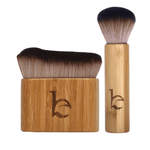







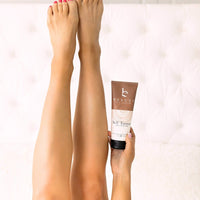








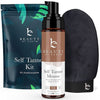

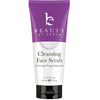


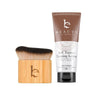









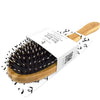
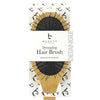
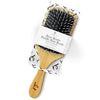

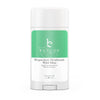



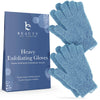
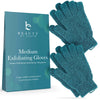
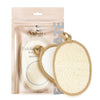
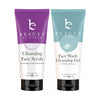










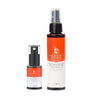




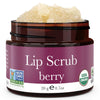
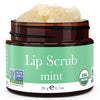
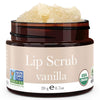





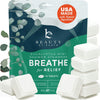
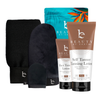
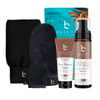














join the conversation
Such great information!!
Thank you for sharing this!